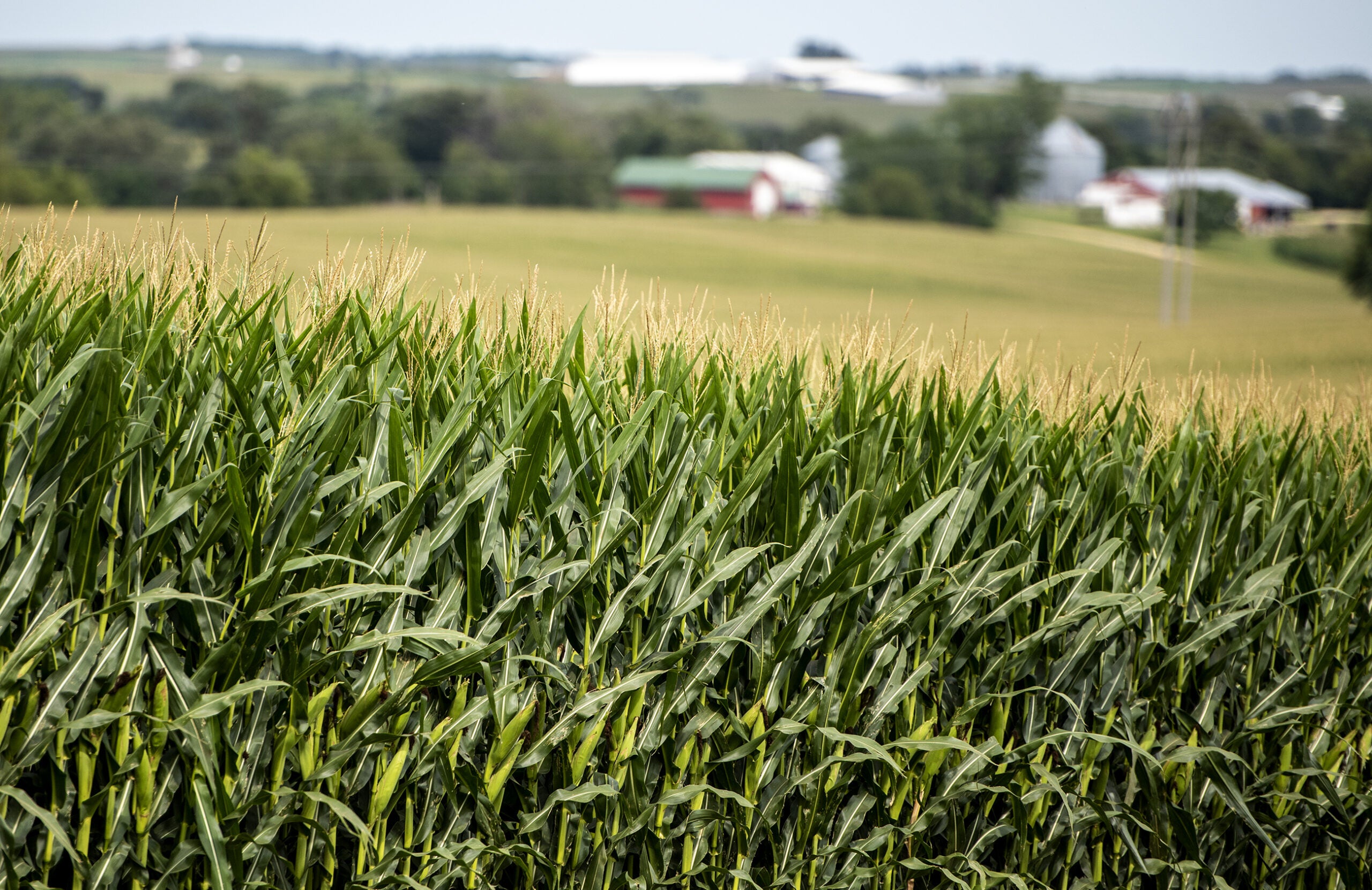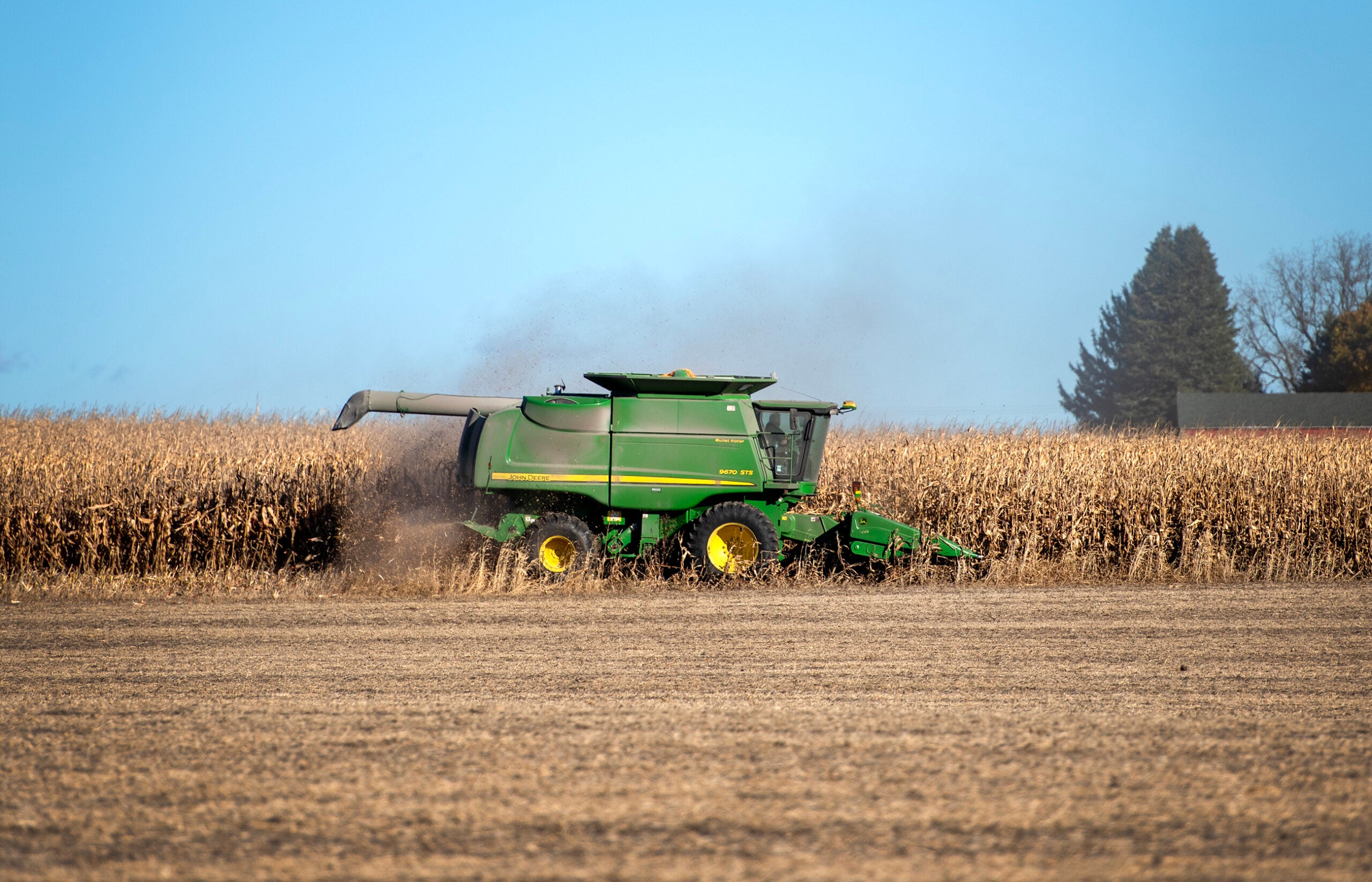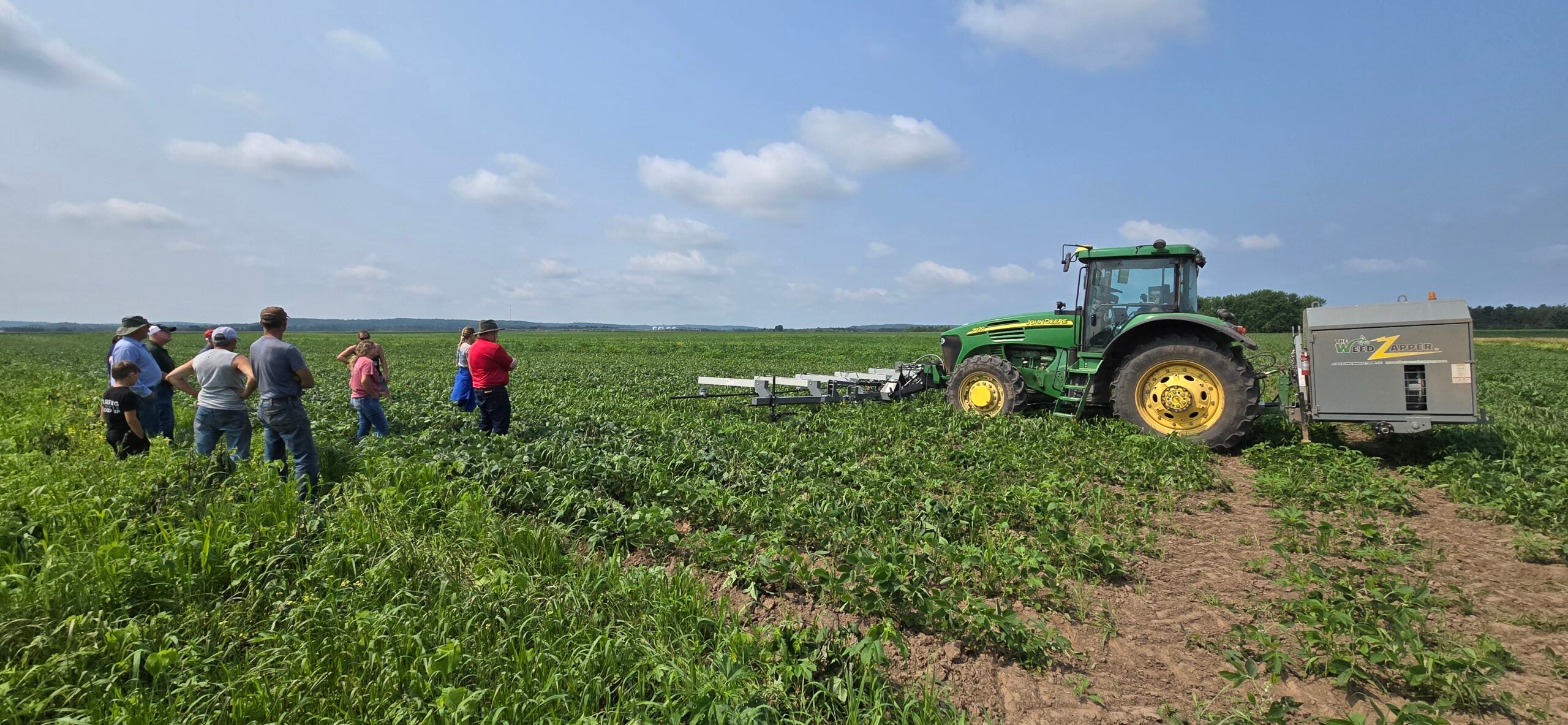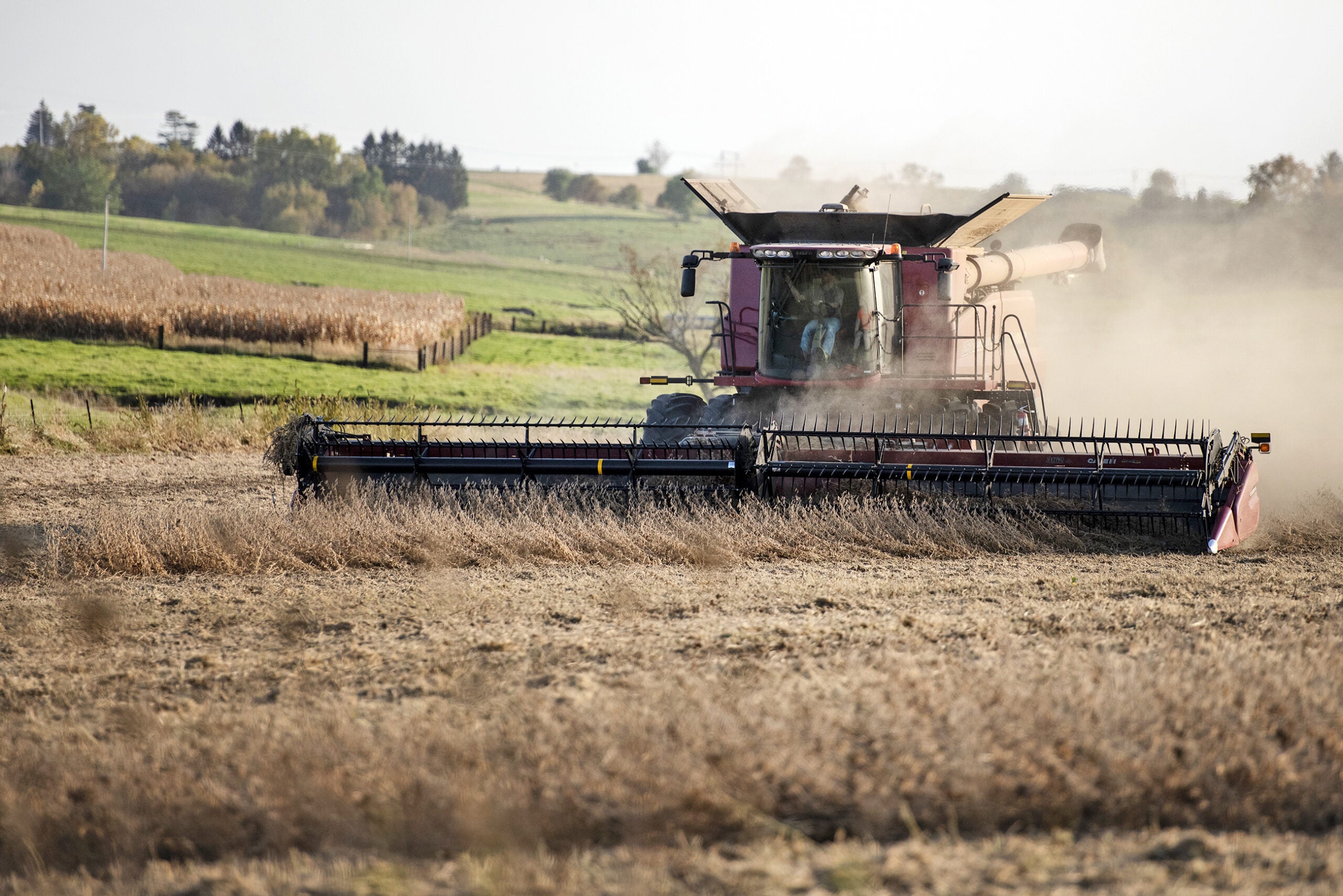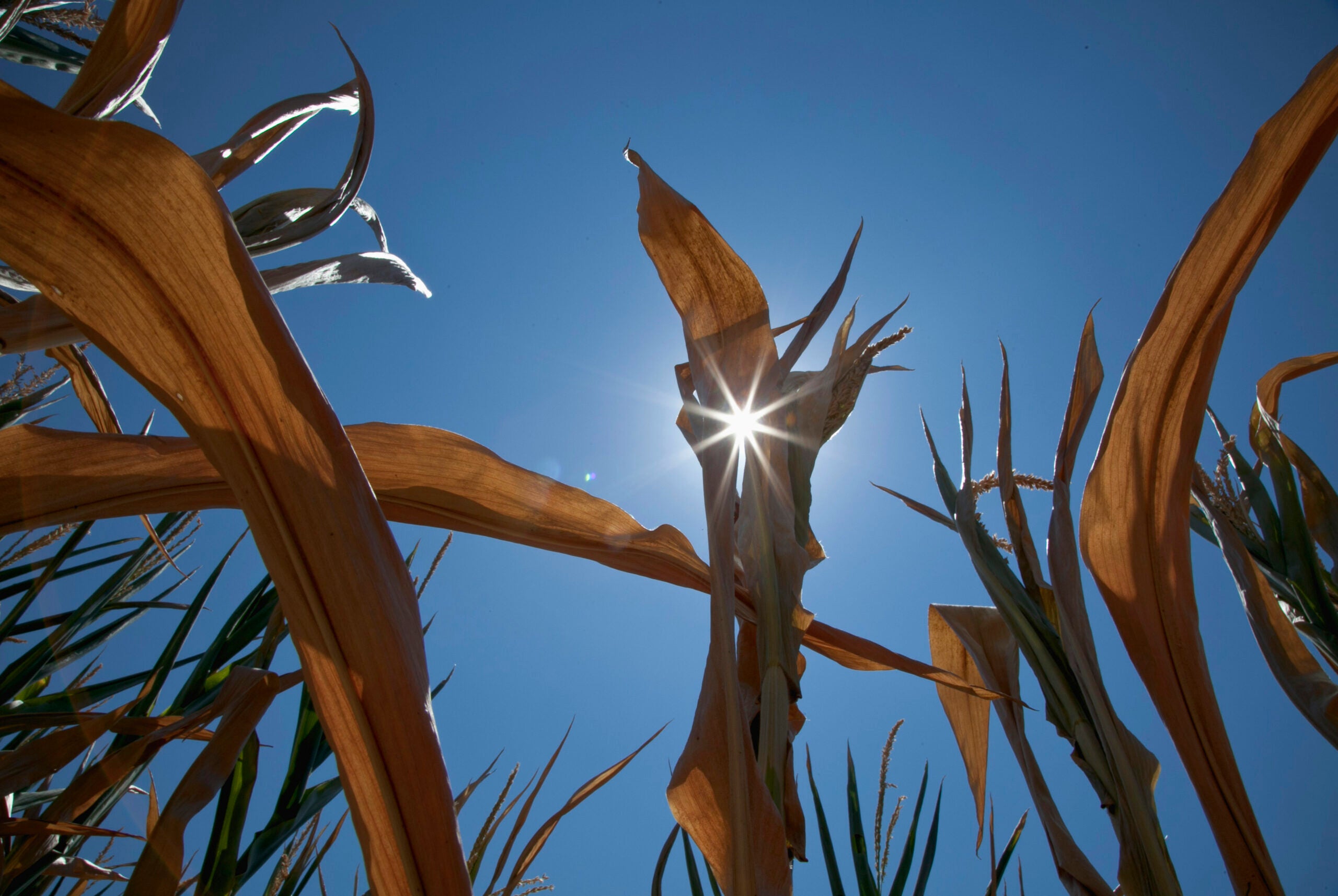Crop specialists around the state say inconsistent precipitation this season has meant varying success for Wisconsin farmers.
In Sheboygan County, Mike Ballweg from University of Wisconsin-Madison’s Division of Extension said corn silage harvest is already underway, with harvesting of soybeans and corn for grain just a few weeks away. He said overall, it’s been a good growing season for farmers in his area.
“It was dry at the beginning of the season, which isn’t a particularly bad thing because it allows for timely planting. But rainfall has generally been pretty adequate throughout the area this year,” Ballweg said.
Stay informed on the latest news
Sign up for WPR’s email newsletter.
Just a few counties to the south, crop yields are much more varied, according to Walworth County Extension Specialist Jim Versweyveld. He said precipitation has been very uneven in his area this season.
“Farms will report that they had a significant rain, but then farms just a few miles away from them are not receiving anything,” Versweyveld said. “It’s kind of frustrating from that standpoint, just to see those dark clouds nearby but have them kind of pass overhead.”
The latest data from the U.S. Drought Monitor shows far southeastern and northwestern Wisconsin are under severe drought. Counties across southern Wisconsin and in the northwest corner of the state are experiencing abnormally dry or moderate drought conditions.
Versweyveld said crops in his area look better than he would have expected under severe drought conditions. But farmers won’t know their corn or soybean yields until they harvest in a few weeks.
He is worried about current pasture conditions, with the lack of rain halting pasture growth earlier than normal. That’s forced some farmers to feed their livestock the crops that they normally would have stored for winter.
“Producers that need to buy corn or hay or whatever the forage need might be won’t have to go too far to get some. But I do think prices will be high and availability will be somewhat limited,” Versweyveld said.
He said the biggest change this season has been fewer widespread rain events moving across the state.
“It seems unusual to me to not get any storms where it just kind of sweeps across the whole central and southern part of Wisconsin, watering everybody,” Versweyveld said. “We just haven’t seen many of those types of weather events this year at all.”
The latest crop production estimate from the U.S. Department of Agriculture’s National Ag Statistics Service found Wisconsin farmers expect to have an average yield of 172 bushels of corn per acre. That’s about 2 bushels below last year’s yield but is a slight improvement from officials’ estimate in August. Total corn production is forecast at 506 million bushels across the state, about two percent lower than the total in 2020.
The state’s soybean production is forecast at 101 million bushels this year — 1 percent higher than last year. Farmers are expected to have an average yield of 49 bushels per acre — two bushels lower than in 2020.
Ashley Olson is an Extension agriculture educator in Vernon County. She said corn yields in her area could end up being lower than expected because of an outbreak of a crop disease called tar spot.
“The corn fields that we’ve seen turning brown really quickly early, like now, could be from the tar spot. Because it can cause early death and early dry down of the plants,” Olson said.
She said southwestern Wisconsin started the year much like the southeastern corner with drought conditions, but was able to make up for the lack of precipitation in July and August, leaving crops in much better condition.
But she said the wetter conditions, combined with cooler temperatures, has created the perfect environment for tar spot to thrive.
Wisconsin Public Radio, © Copyright 2025, Board of Regents of the University of Wisconsin System and Wisconsin Educational Communications Board.

